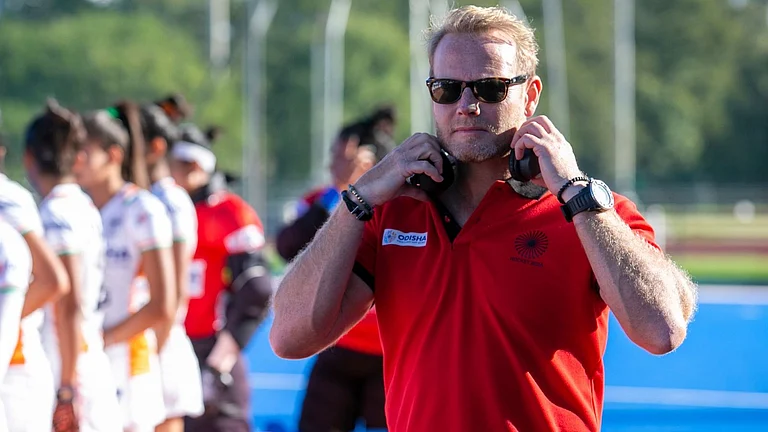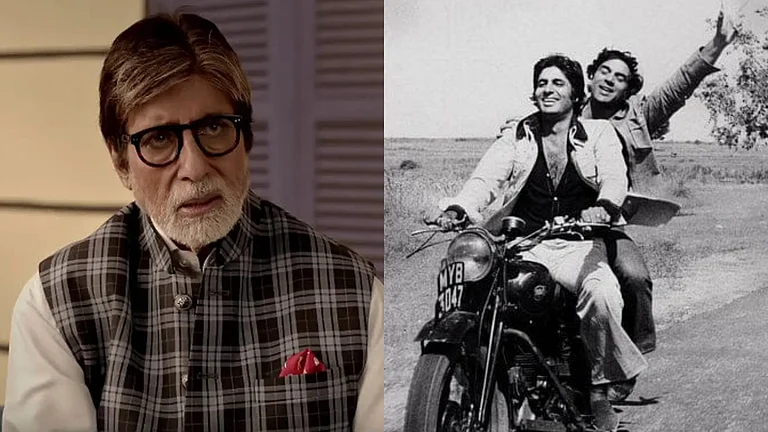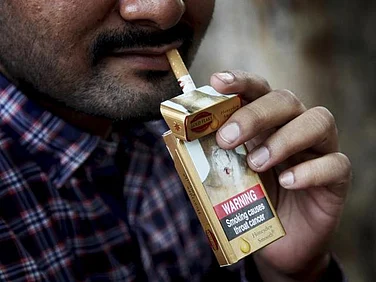Acts of violence against women have become default news. For long, violence against women by men has got normalised in the society. Women can face severe violence even for exercising their choice of clothes, going out or being assertive. The accused remain undertrials for years and may yet go scot-free due to reasons like cumbersome legal processes, women giving up due to social pressures or lack of evidence. At times, women face violence simply for being women.
Gender-Based Violence (GBV) is defined as any harmful act perpetrated against a person’s will and based on socially ascribed gender differences between females and males, and includes acts that inflict physical, sexual or mental harm, threats of such acts, coercion and deprivation of liberty, according to United Nations Population Fund (UNFPA), the sexual and reproductive health agency of the United Nations.
Numerous factors, including patriarchy, cultural views, familial interactions and commonly perceived notions of masculinity, might be linked to the incidence of GBV witnessed at homes and workplaces and in public spaces. Dr. Ashna Gupta, psychologist, vHealth by Aetna, explains that the desire for control to maintain power equation in a relationship leads to abusive behaviour. Perpetrating domestic violence is a matter of choice and not compulsion. There is no single cause for domestic violence. The causes vary from person to person and are individual.
Satish Kumar Singh of the Centre for Health and Social Justice adds: “There are many boys who are against hegemonic masculinity or aggressive masculinity, but they fear that if they do not practise it, people will see them as weak. So, many a time a man is struggling to prove his manhood by practising hegemonic masculinity, which includes engaging in violence against women. Sometimes, violence just becomes a means to ensure that the man is not considered a lesser man by the society, which is a problematic thought process.”
The situation gets compounded because some women too become direct or indirect allies of violence-perpetuating men. Anoushka Rudra, a 19-year-old student, says, “Women are perceived as a weaker gender. That idea is ingrained in us right from the beginning. Since childhood, we are taught to support toxic masculinity. Boys are not allowed to show any sign of weakness or cry and are taught to assume control always.” She adds, “When it comes to women, men try to control them by indulging in violent behaviour. There is a false sense of fulfilment in indulging in violent behaviour.”
Agreeing with her, Sattvik Bagga, another 19-year-old student, adds: “There is this old school idea that boys are not supposed to cry and must always appear strong. A natural corollary is that women are weak and that is what these so-called strong men exploit.”

Mass media platforms have further contributed to strengthening stereotypes, normalising violence and glorifying stalkers. Dialogues like “Uski na main uski haan hai” (She means yes when she says no), portrayal of women in television commercials or celebrating an over-possessive boyfriend and husband as a genuine lover further encourage a patriarchal mindset. When a recent film showed a woman deciding to leave her house after being slapped by her husband, the common refrain was it sets a bad precedent for women. After all, it was just a slap.
Achut Borgavkar of Swissaid India adds: “Many of the communication campaigns are gender-biased. The way language is used is also very gender biased. The campaigns should be women centric and there should be gender review when the campaign is designed.”
Years of conditioning and a deeply entrenched belief system cannot be altered overnight. A deep-rooted reform, which includes redefining gender roles and masculinity, is essential to gradually weed out such thinking from the society.
To change this mindset, exhaustive behavioural change campaigns with focus on robust engagement with men as stakeholders are needed. The 16 Days of Activism Against Gender-Based Violence, an annual international campaign initiated by the United Nations on November 25, seeks to counter violence against women and girls. The initiative calls for a holistic approach that involves boys and men across the entire socio-ecological spectrum. It can be done by working on gender equality and engaging with children in their earlier years. Activation of communities by involving local leaders and use of performance arts to drive the message home can also play an important role. Also, there is a need to redefine masculinity across various sectors, including health, social services and law and order, in order to eliminate gender bias at workplaces. Men who wield institutional power and influence, such as political and business leaders, should be involved to effect the change.
Andrea Wojnar, UNFPA Representative India and Country Director Bhutan, says, “UNFPA recognises the importance of addressing harmful notions of masculinity as well as mobilising men and boys as partners in violence prevention and response. Our programmes are increasingly focusing on incorporating strategies to sensitise as well as work closely with men and boys to enable them to shoulder the responsibility of addressing violence and promoting gender equality.”

A few years ago, the UNFPA undertook an initiative, Samajhdar Jodidar (SJ), in a few villages of Maharashtra. The intervention aimed to bring about changes in knowledge, attitude and behaviour of men and boys on gender equality and violence against women, which in turn was expected to lead to a reduction in gender discriminatory behaviours and norms at the family and community level, especially in parenting, care-giving and increased reproductive health responsibilities among men.
Two years later, when the results of the initiative were gauged, the analysis was encouraging. According to the UNFPA’s report deliberating on SJ’s impact: “There was an increase in joint property ownership between husbands and wives; it led to the creation of safer public spaces in villages for women and girls and thirdly, husbands started encouraging their wives to go outside of the house rather than remain bound by household and familial duties.”
UNFPA, in collaboration with MenEngage and Promundo, also produced a toolbox with information on including boys and men in promoting gender equality and health, both practically and conceptually. Sexual and reproductive health, fatherhood, HIV prevention and GBV prevention are some of the topics included. It offers advocacy, analysis, monitoring and evaluation of initiatives aimed at involving men and boys. It offers practical strategies like using campaigns and education to address discriminatory gender norms, thereby positively affecting women’s health. Existing gender norms hinder women’s access to maternal health care and impede decision-making, resulting in unintended pregnancies.

Wojnar explains, “Toxic masculinity and its role in perpetuating gender-based violence is highly nuanced, and there is no singular way to address it. It requires an acknowledgment of diverse gender roles and identities and a commitment to upholding individual rights and choices. We need all hands on deck, especially men and boys, in questioning and tackling harmful gender norms and eliminating gender-based violence.”
There are laws in place to promote gender equality. India is a signatory to the Convention on the Elimination of All Forms of Discrimination Against Women, 1979. The country also has the Immoral Traffic (Prevention) Act, 1956; Dowry Prohibition Act, 1961; Protection of Women from Domestic Violence Act, 2005; Sexual Harassment of Women at Workplace (Prevention, Prohibition and Redressal) Act, 2013; Indecent Representation of Women (Prohibition) Act, 1986; Pre-Conception and Pre-Natal Diagnostic Techniques (Prohibition Of Sex Selection) Act (1994); Protection of Children from Sexual Offences Act (2012); and other related laws. However, making laws alone will not help. There is a need for their strict implementation.
Gender-based violence is a worldwide challenge. No country in the world can claim to be GBV-free. The fifth of the UN’s Sustainable Development Goals (SDGs) is aimed at achieving gender equality and empowering all women and girls by 2030. It has clear targets—elimination of all forms of violence against women and girls and an end to child, early or forced marriage as well as harmful practices like female genital mutilation/cutting, in addition to ensuring universal access to sexual and reproductive health and reproductive rights. A lot has been done, but a lot more remains to be done and, as major stakeholders in a gender-equal world, men must step up.


























